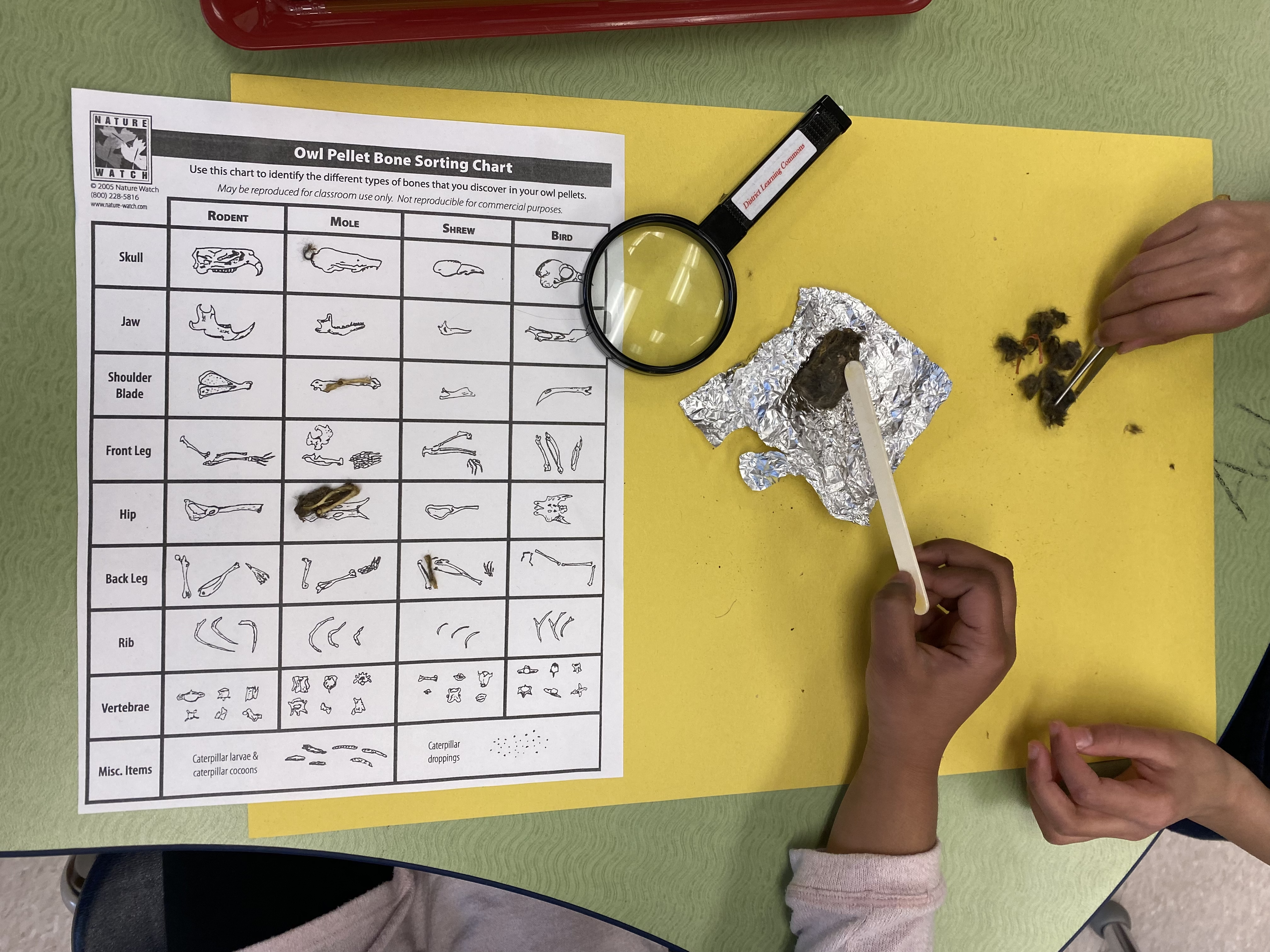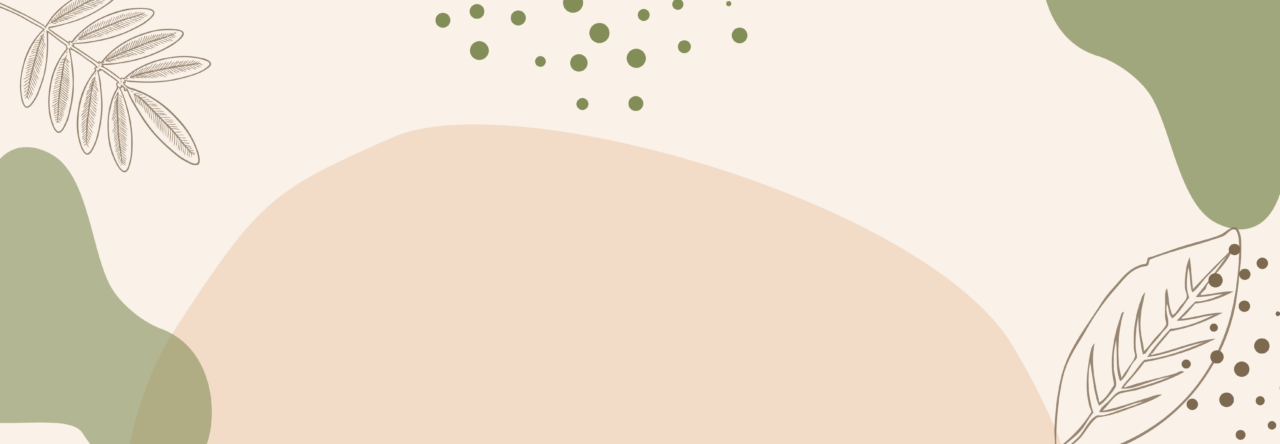
In this section you will find a series of core competencies that I have developed and implemented throughout my practicum experiences along my learning journey in the UNBC B.Ed program. Enjoy!
Collaboration & Teamwork
During my Educ 490 practicum, I taught a Social Studies lesson that embedded the core competencies aligned with collaboration and teamwork. Students participated in hands-on activity, where they collaborated with their small groups to take on different roles, responsibilities, and work respectfully to achieve the common goal of creating a simple community map by interpreting symbols and a legend. The following core competencies were a key role in this lesson:
- I can contribute during group activities with peers and share roles and responsibilities to achieve goals.
- I can take on different roles and tasks in the group and work respectfully and safely in our shared space.
- I can work with others to achieve a common goal and can evaluate our group processes and results.
Students were successful in creating simple maps by interpreting symbols and a legend in their small groups by working collaboratively. Here are some examples of the maps created.
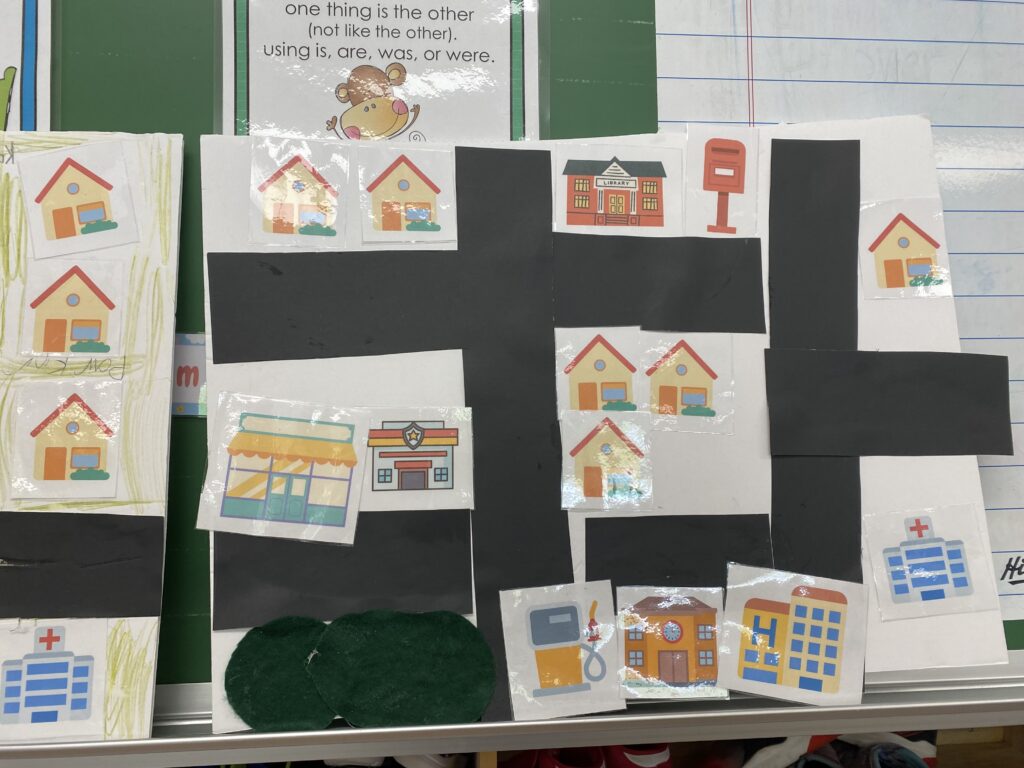

Creative and Reflective Thinking
For Grade 2 English Language Arts, I taught a poetry unit during my second practicum. The core competency that aligned with several of these lessons was creative and reflective thinking. Students were encouraged to practice metacognition in connection with their writing skills, as this unit was introduced with recognition of their own thinking with Adrienne Gear’s “Brain Pocket” model. Students established their own Memory, Fact, and Imagination lists for writing topics that could be applied to their poetry writing as an introduction to the unit. As we progressed further into different poetic devices and structures, I was very impressed as students dived deeper into their creative and reflective thinking practices! Here is an example from a lesson focused on the poetic device of Onomatopoeia.
Poetry Lesson on Onomatopoeia
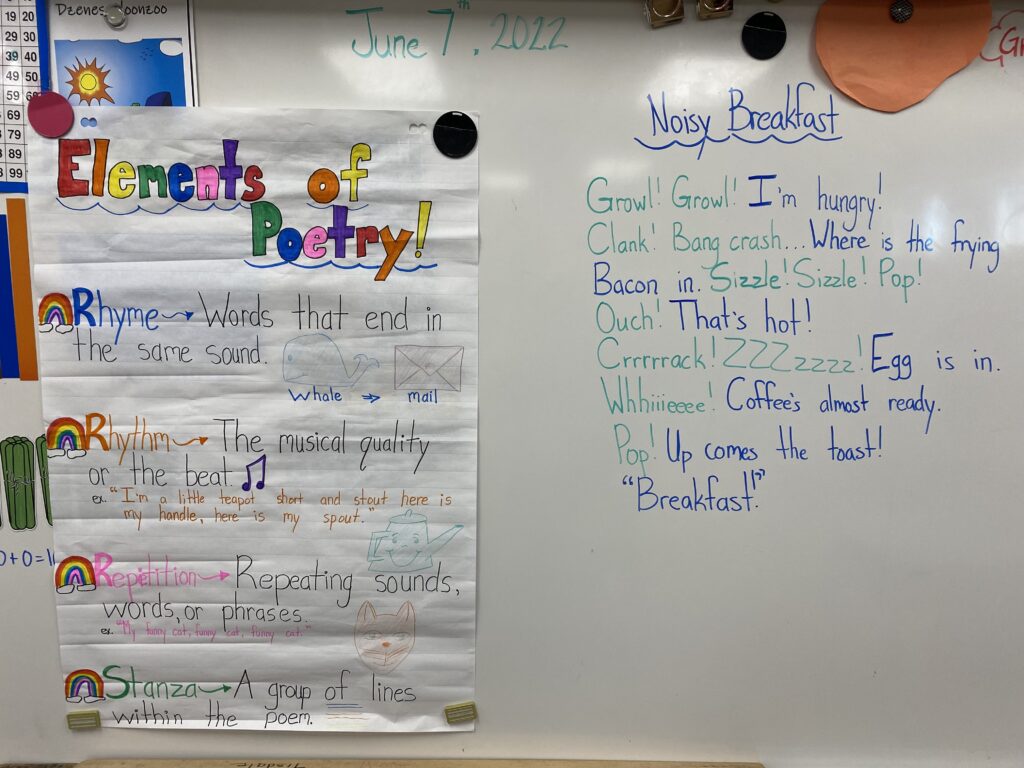
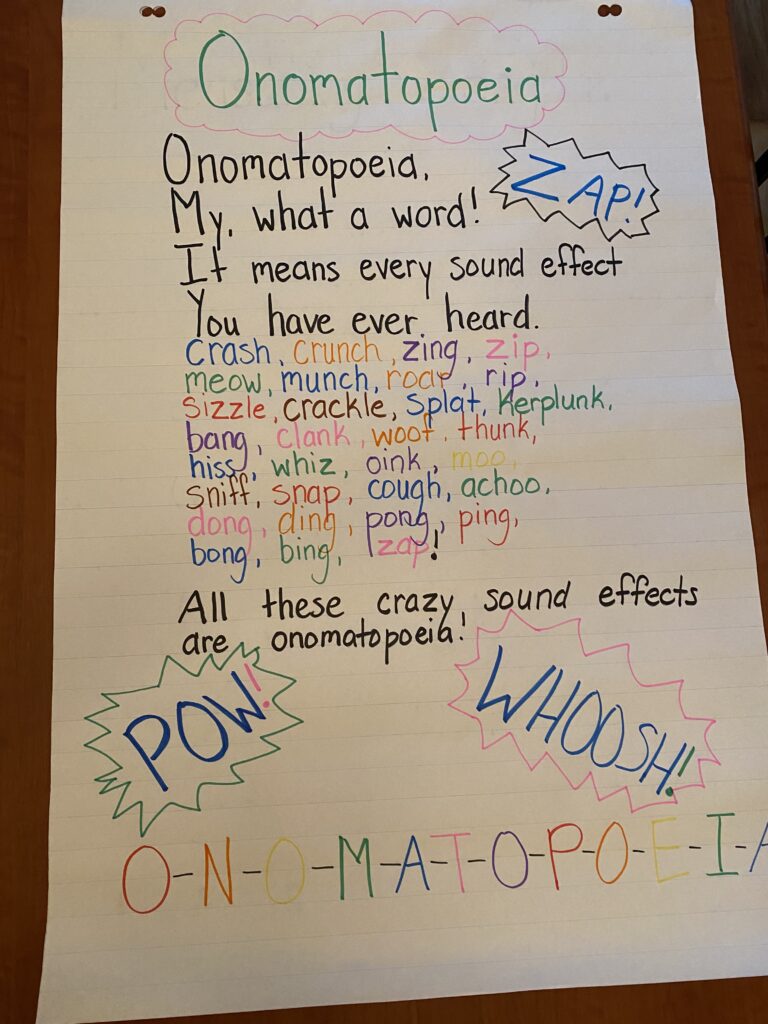
The following core competency was a key role in this lesson:
- I can get new ideas or build on or combine other people’s ideas to create new things within the constraints of a form or materials.
Student Sample Engaging in Creative Thinking
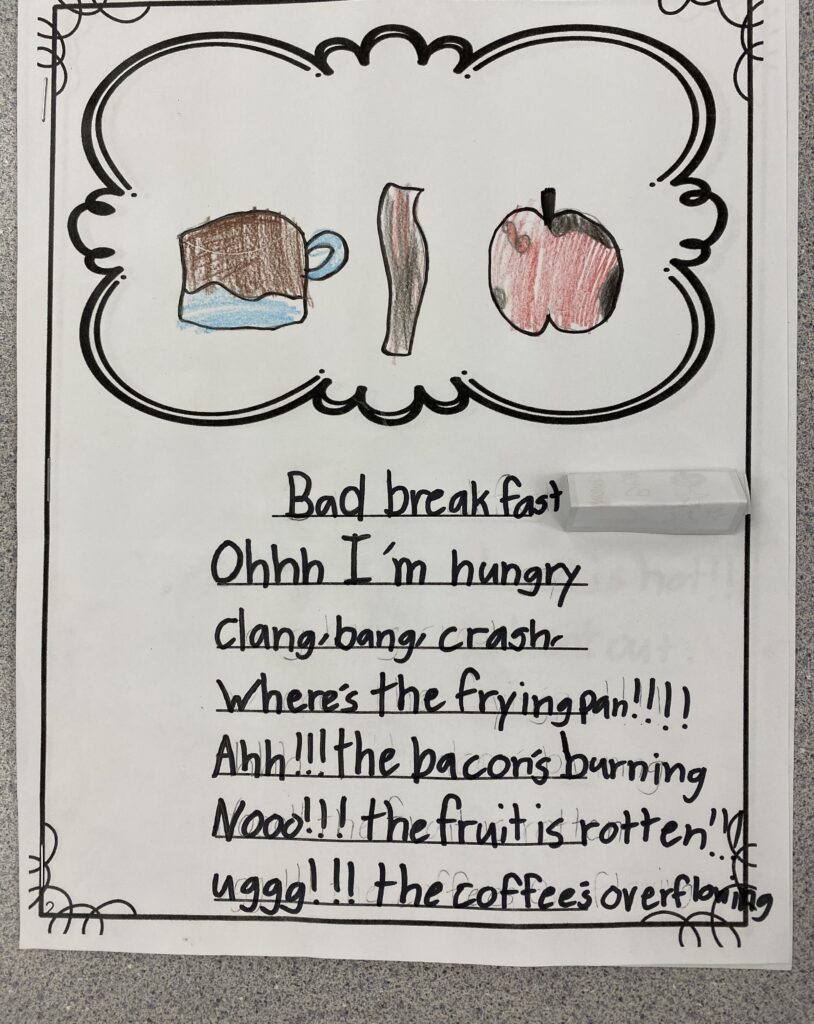
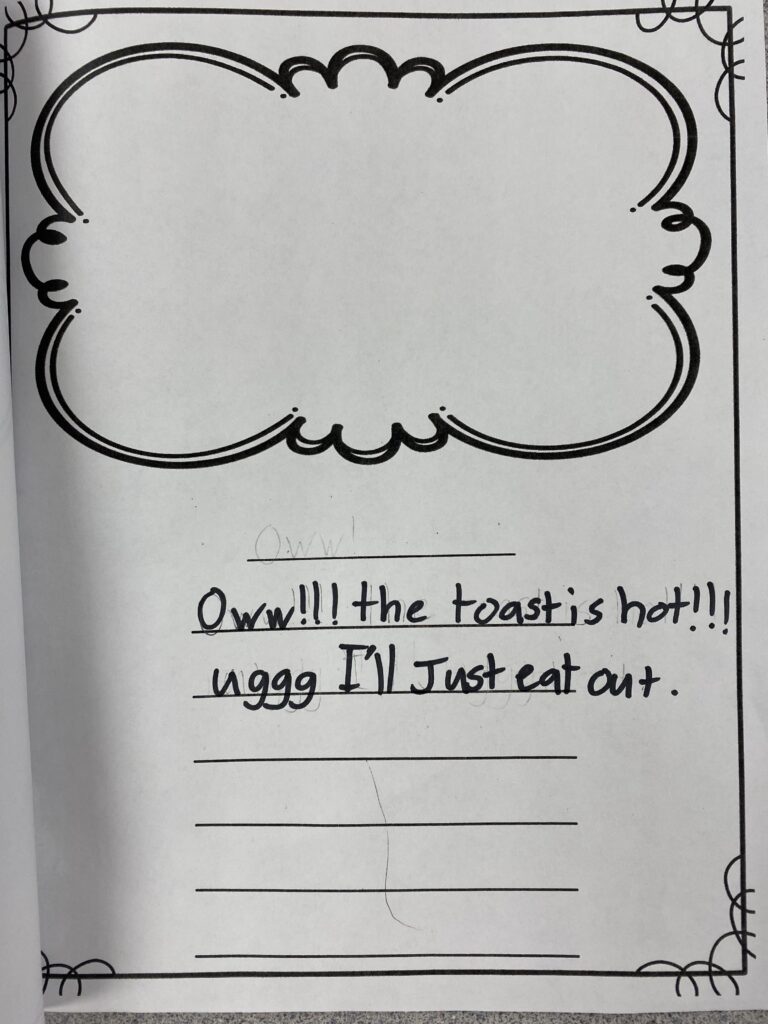
Critical Thinking
In my first practicum, I taught a Grade 1 Science lesson focused on the Big Idea “Living things have features and behaviours that help them survive in their environment”. The guiding question for this lesson was “why do birds have different beak structures and how do they use this feature to survive in their local environment?”. We conducted an experiment to simulate the different types of bird beaks to discover which beaks were most suitable to particular food resources. Students engaged in critical thinking to analyze structural features of bird beaks and use specific criteria to draw conclusions about their learning. The following core competency was a key role in this lesson:
- I can use my observations, experience, and imagination to draw conclusions and make judgments.
Sample of the guiding handout to support students predictions and conclusions in the experiment.
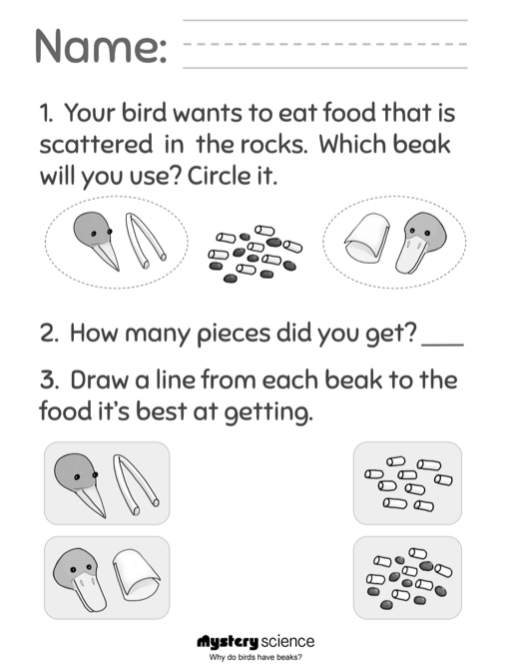
Resource: https://mysteryscience.com/powers/mystery-2/animal-structures-survival/117?r=232147839
Numeric Literacy
In my Grade 2 practicum class, I taught a numeracy unit on measurement. Throughout the unit, the lessons aligned with the core competency of numeric literacy. Students engaged in a variety of hands-on activities to experiences measuring a variety of objects (both indoors and outdoors). Students were encouraged to use a variety of measurement standards throughout their practice, and to share their findings both verbally and written to increase their numeric literacy. The following core competencies were a key role in this lesson:
- I can explore with a purpose in mind and use what I learn.
- I can tell or show others something about my thinking.
- I can contribute to and use simple criteria.
- I can reflect on my experiences and tell others about something I learned.
Visual Support for Measurement Literacy
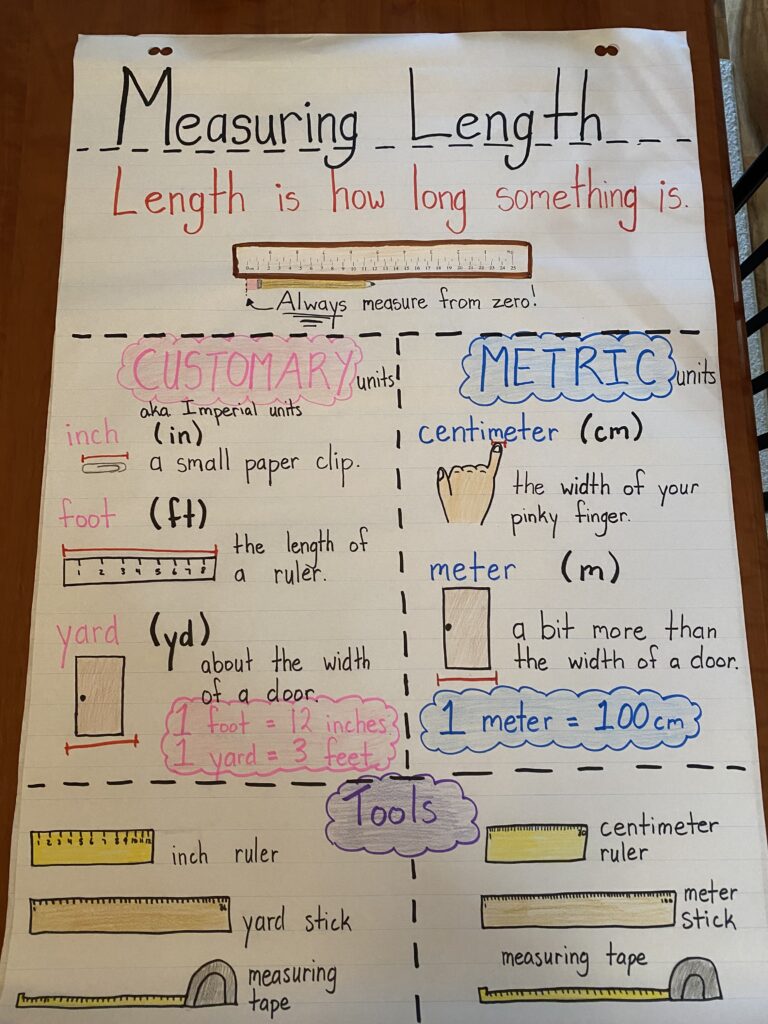
Student samples of measurement activities

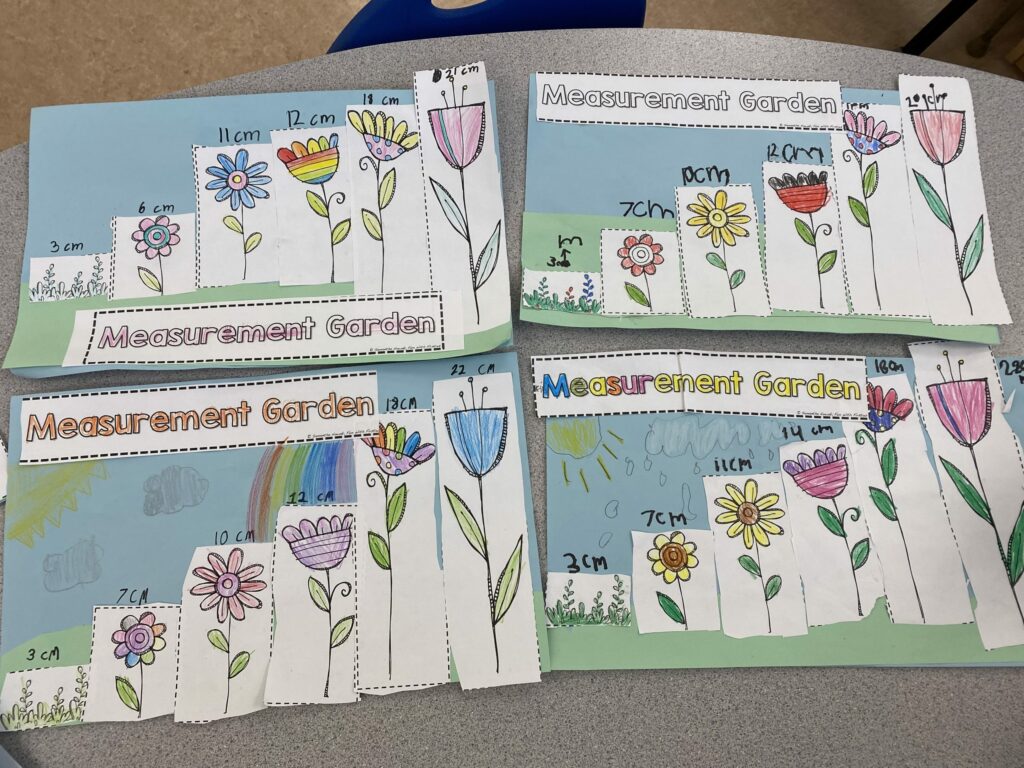
Social Awareness &Responsibility
I taught a Grade 2 Science unit focused water conservation. The Big Idea that aligned with these lesson was: “water is essential to all living things, and it cycles through the environment”. Throughout this unit, students engaged in an inquiry-based experiment where small groups created a rain catcher device to measure the amount of rainfall of a period of time. Students reflected on their predictions in comparison with their results. We compared the amount of rainfall measured in connection with the average amount of freshwater used in students daily lives at home, in the classroom, and in the community. Students had the opportunity to look at different ways of conserving water and gained an understanding of the importance of freshwater as a resource for all living things. The following core competencies were a key role in this science unit:
- I can take purposeful action to support others and the environment.
- I can identify ways my actions and the actions of others affect my community and the natural environment.
- I look for ways to make my classroom, school, community, or natural world a better place and identify small things I can do that could make a difference.
Water Conservation Booklet
Here is the guiding booklet that I created for the Grade 2 Science unit focused on water conservation in alignment with social awareness and responsibility.
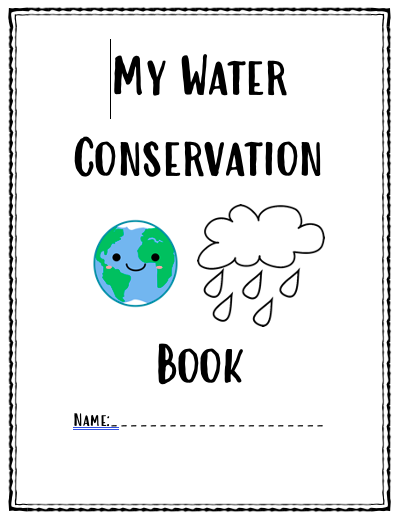

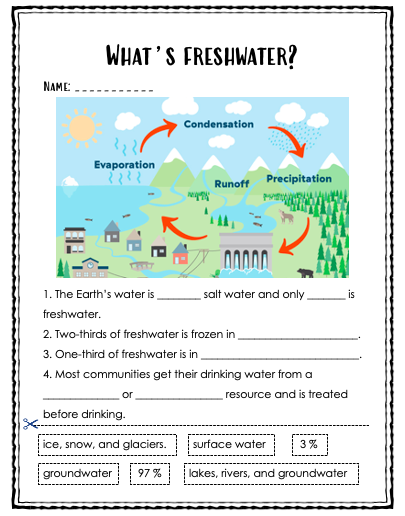
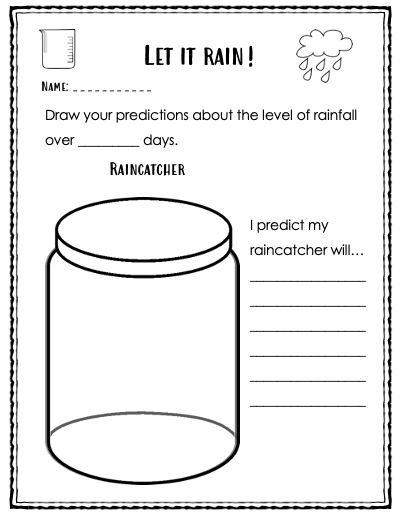
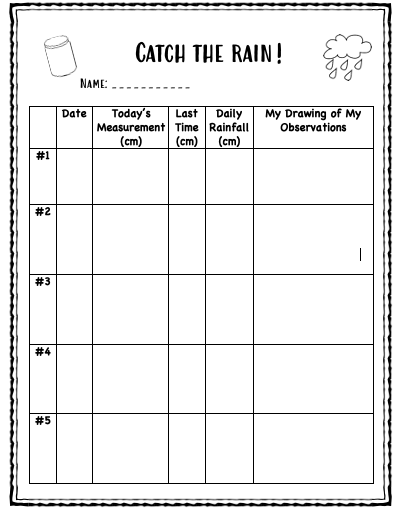
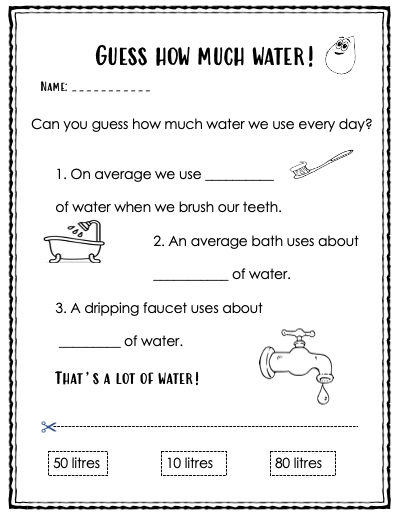
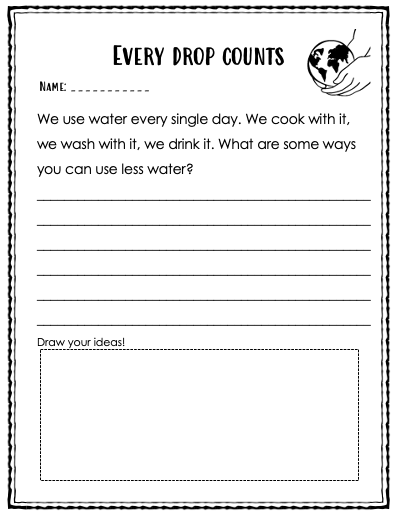
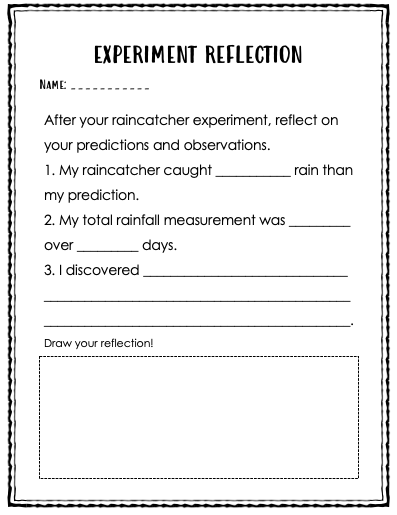
Resource: https://schools.bchydro.com/activities/conservation/catch-the-rain
Scientific Literacy
In my first practicum experience, I taught a Grade 1 Science lesson focused on how living things have features and behaviours that help them survive in their environment. Students dissected owl pellets to explore what food sources owls depend on from the environment. Students were taught and encouraged to use scientific literacy to describe their predictions and observations throughout the dissection process. The following core competency aligned with this lesson:
- I can use evidence to make simple judgments and observations based on the owl pellet dissection.
Owl Pellet Dissection

